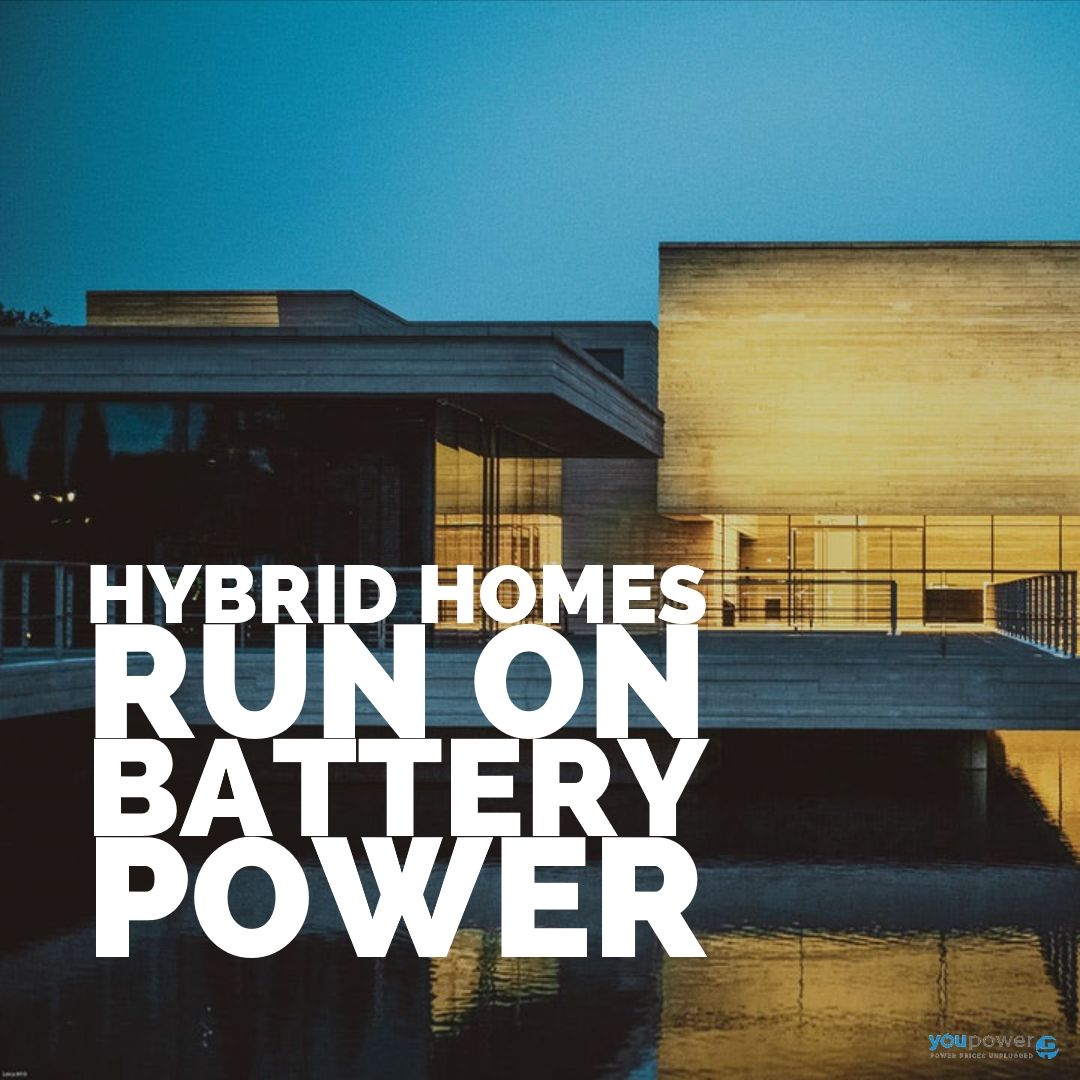Ice Thermal Energy Storage

Cool energy is released the next day for air conditioning or process cooling.
Ice thermal energy storage. Thermal energy storage tes made simple energy is stored in ice using low cost electricity at night to freeze cryogel ice balls. Thermal energy storage using ice makes use of the large heat of fusion of water. Ice thermal energy storage january 16 2020 1 00pm to 2 00pm est this webinar will focus on the deployment and usage of ice thermal energy storage in buildings. Ice is a medium that can be stored as a form of energy for later use such as in ice based thermal energy storage systems.
Ice is formed inside the cryogel ice balls installed in large tanks. This is practical because of water s large heat of fusion. One metric ton of water one cubic metre can store 334 megajoules mj 317 000 btu of energy equivalent to 93 kwh 26 4 ton hours. Thermal energy storage examples sensible adobe hot or chilled water underground systems borehole aquifer cavern latent phase change materials ice paraffin chemical sorption of water nrel 14 example of ice storage system.
One common form of storage is ice thermal energy storage ites which uses water as a phase change material to store energy for cooling. It uses standard cooling equipment plus an energy storage tank to shift all or a portion of a building s cooling needs to off peak night time hours. During off peak hours ice is made and stored inside icebank energy storage tanks. Environmentally friendly ice thermal storage reduces greenhouse gas.
Ice thermal storage products store cooling while shifting energy usage to off peak hours dramatically reducing cooling costs and stress on the electrical grid. Home thermal energy storage webinar. As such the system is something of an air conditioning and energy storage hybrid. These thermal energy storage systems help reduce strain on the grid by addressing the main culprit of peak grid demand air conditioning and can boost the utilization of renewable resources as much as 50.
Historically ice was transported from mountains to cities for use as a coolant. Thermal energy storage is like a battery for a building s air conditioning system. While ites is only usable for cooling the needs for cooling are abundant and ites can achieve very high effective round trip efficiencies.
















































